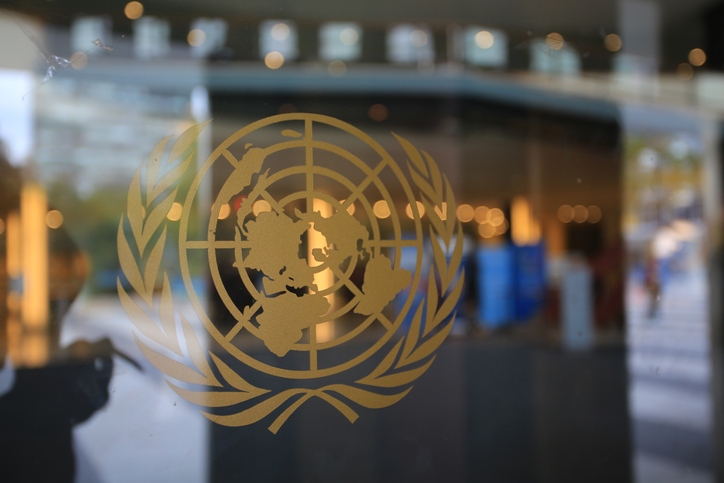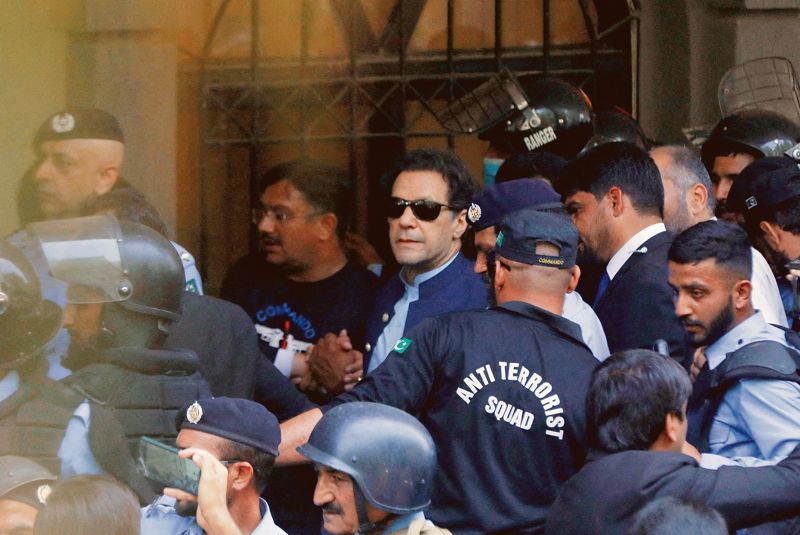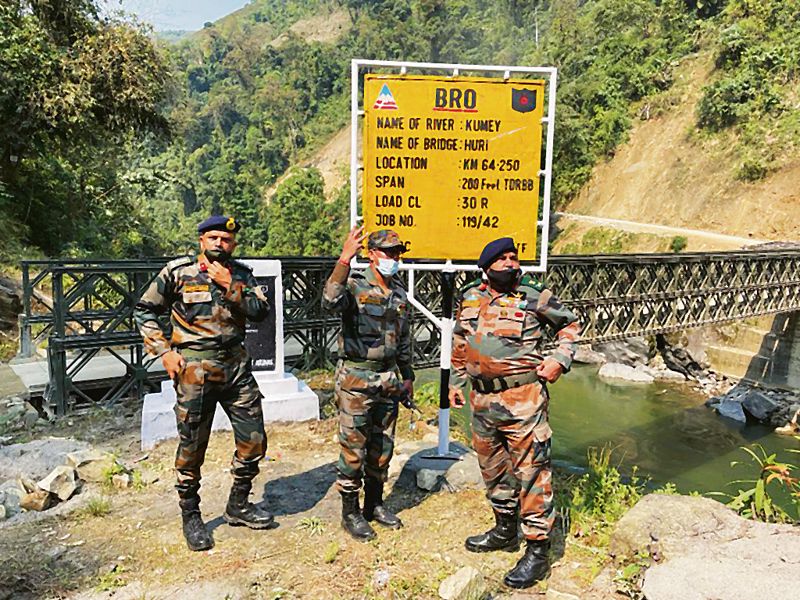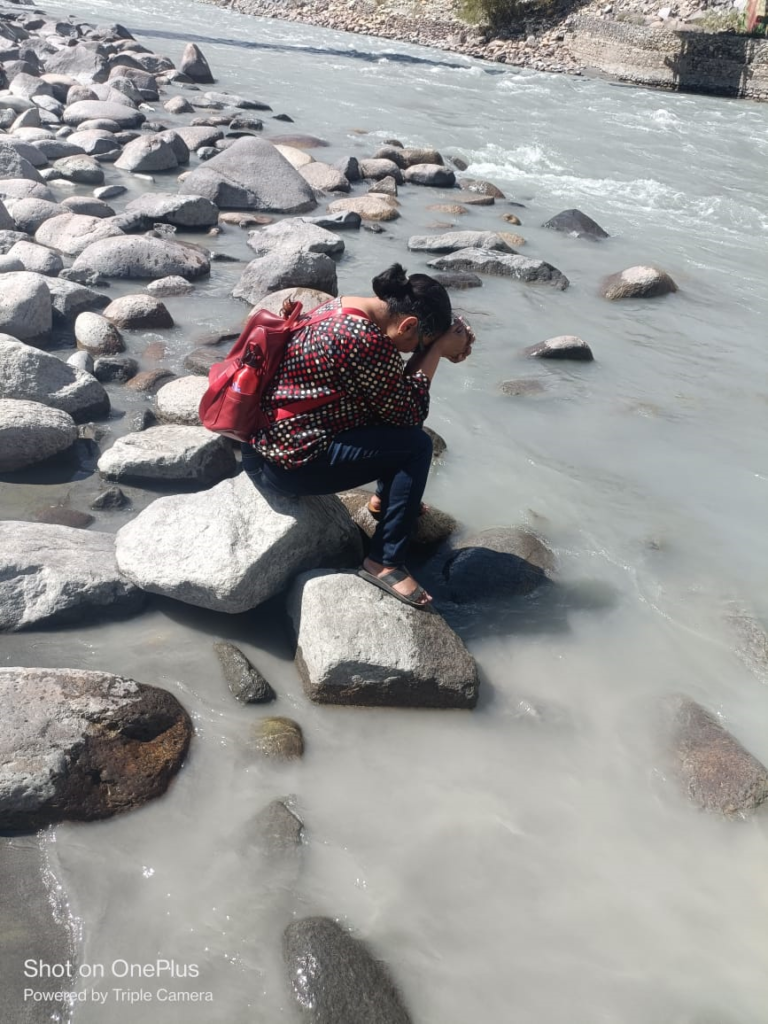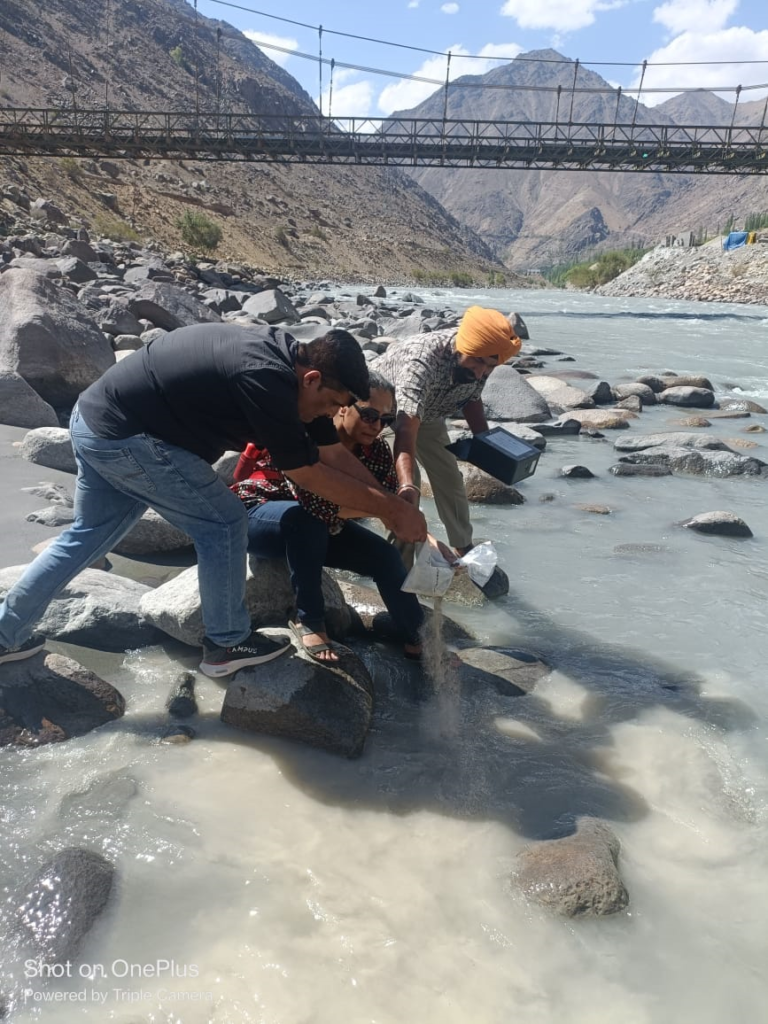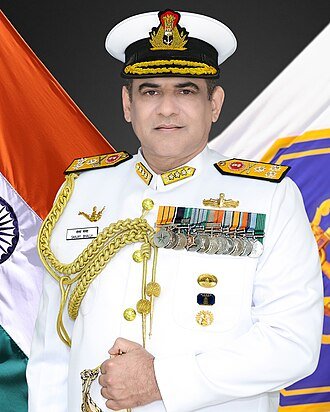

Acountrywide election to the state Assemblies and the Lok Sabha was held every five years from 1951-52 to 1967. The cycle was disrupted when Indira Gandhi called an election in 1971, a year earlier than it was due, even as most of the states had their elections in 1972. The Lok Sabha election, which was due in 1976, took place in 1977 because of the Emergency. There were elections to the Lok Sabha in 1980 because the Morarji Desai-led Janata Party government fell in 1979, and Chaudhary Charan Singh, who had subsequently assumed charge as PM, could not prove his government’s majority.
The idea of ‘one nation, one election’ does not allow for the fact that party positions at the Centre and in the states would fluctuate, and there could be mid-term elections anytime.
In 1989, the VP Singh-led National Front formed the government, but it fell in 1990; Chandra Shekhar, too, had a short-lived tenure as Prime Minister. There were elections in the summer of 1991. Later, there were back-to-back elections in 1998 and 1999. The United Front government of IK Gujral was brought down by the Congress in 1998, and Atal Bihari Vajpayee-led National Democratic Alliance (NDA) formed the government, which lasted just a year as Jayalalithaa’s AIADMK withdrew support. In October 1999, the NDA came back to power under Vajpayee. It was at this time that election fatigue set in and there was talk that Parliament must have a fixed tenure. It was an idea mooted by the BJP.
The idea of ‘one nation, one election’ is based on the premise that there should be countrywide elections to the state Assemblies and the Lok Sabha once in five years. It does not allow for the fact that party positions at the Centre and in the states would fluctuate, and there could be mid-term elections anytime. There was a mid-term election in Kerala in 1960 after the Communist Party government, which came into power in 1957, was brought down by the Congress. And there was a mid-term election in Bihar in 1969, and again in 1972. Similarly, West Bengal had gone through three elections in quick succession — 1967, 1969 and 1971. The instability came about because no party could get a majority and the elections had to be held till the decisive vote came. That is the way democracy functions.
The idea of a fixed tenure — and ‘one nation, one election’ does not work if this is not the case — needs a lot of changes in the party system. In France, several governments rise and fall as coalitions change and the majority fluctuates. That is one way, a messy way. But the French are making it work. They do not go for an election once the government loses majority or is defeated on a legislative measure.
Then there is the example of the United States. The House of Representatives, with its two-year term, works because in the two-party system a few members cross over from the minority side to vote for the passage of laws. There is no anti-defection law and members of the Opposition who vote for the ruling party are not expelled.
And the same principle of compromise and cross-voting across the aisle works in the Senate with its six-year term. So, in these two systems, the fixed tenure is the rule, but conventions and traditions have been evolved to deal with the legislative business. The British system, like the Indian one, works on the majority principle. Once the party loses majority, elections are called.
Prime Minister Narendra Modi has been working on the BJP idea of a fixed tenure for Parliament so that a change in the party positions in Parliament does not necessitate an election before five years are over.
So, the BJP has not really worked out the idea of ‘one nation, one election’. And the ideologues who support the idea have no clue as to how to deal with the nitty-gritty to make it doable. The Prime Minister and his supporters believe that there is a need to eliminate political confusion. They fail to realise that it is the people of the country who are holding back from giving any one party absolute majority.
The new system would require that one of the parties will have to have an assured majority, and one of the ways of doing it is to have a run-off, where a candidate has to get a minimum of 50 per cent of the vote. So, there would be run-offs for all Assembly and Lok Sabha seats. People will be forced to cast their vote for a person whom they do not approve of because they have to choose between two candidates and not more. In France, the run-off is only for the President’s post.
It is indeed a debatable issue. There has to be a widespread debate and the people must have a say in the matter — perhaps through a referendum. Or the Modi government should fight the 2024 General Election on the plank of ‘one nation, one election’. But the government has to present before the people a detailed plan for implementing the idea.
The Prime Minister’s tendency to simplify complex issues is at the root of the problem. He wants to eliminate complexity and uncertainty. That is indeed the way of authoritarianism and it comes in the garb of utopianism — an orderly republic with once-in-five-years elections across the country, and no hiccups in the process. If there are hurdles, they will be removed in the favour of those who are in power. So, the dance of democracy or the play of democracy, which we have been celebrating for the past several decades, is under threat.
PM Modi wants an ordered and orderly democracy. And that is what the middle class wants, too. However, the people at large are likely to throw out the idea — if not now, then most probably in the future.










